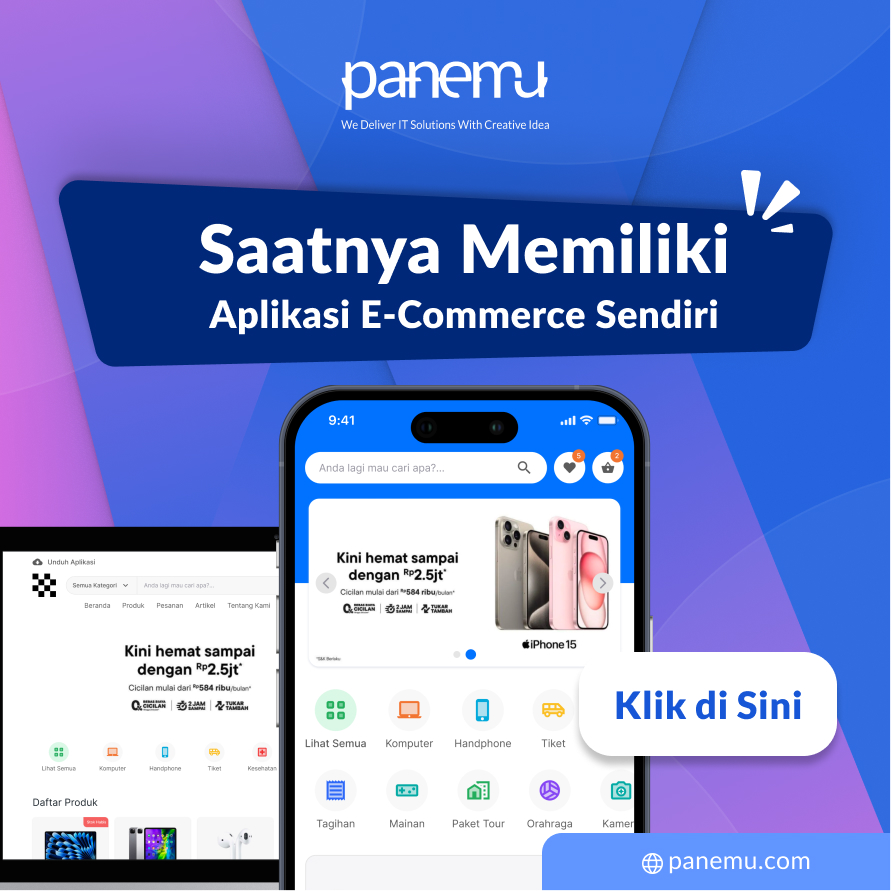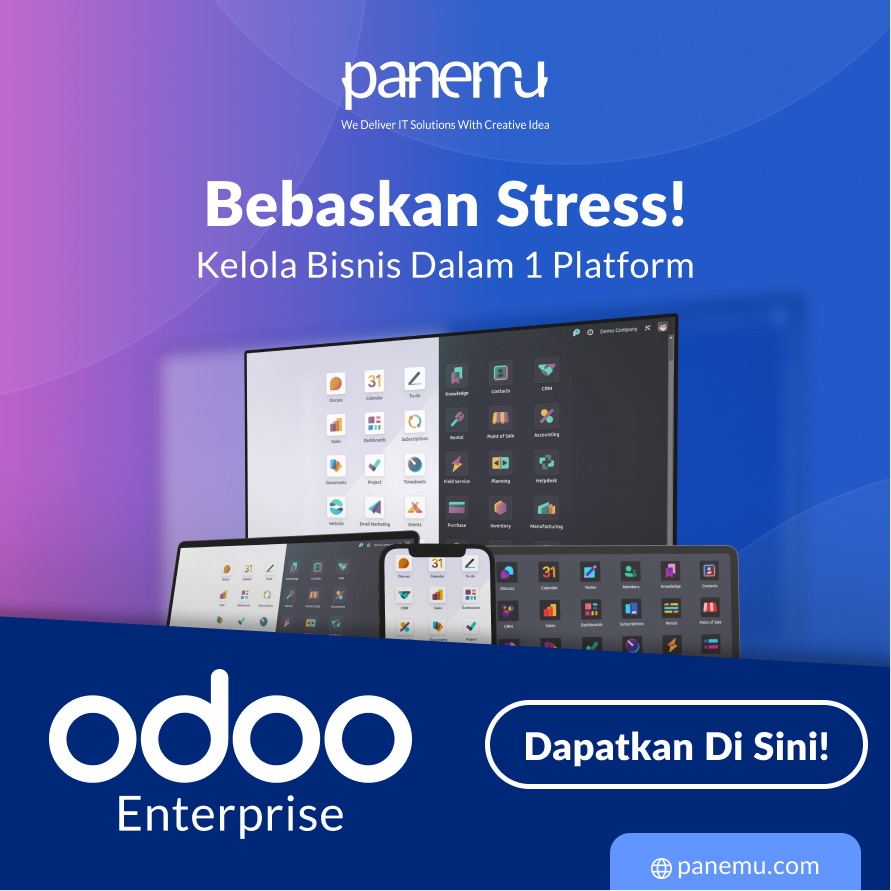Introduction
The world of marketing has experienced significant changes with the development of technology and the internet. These changes affect how consumers interact with brands, as well as how brands must respond and adapt. One marketing model that is relevant for understanding consumer behavior in the digital era is the AISAS model. This model is important for Small and Medium Enterprises (SMEs) to understand because it can help in designing effective and efficient marketing strategies. This article will thoroughly examine the AISAS model, how to apply it, and its benefits for SMEs.
What is AISAS?
AISAS is a marketing model developed by Dentsu, an advertising company from Japan. AISAS is an acronym for:
Attention (Attention)
Interest (Interest)
Search
Action
Share (Share)
This model describes the five stages that consumers go through on their journey from recognizing a product or service to sharing experiences about that product or service with others.
1. Attention (Attention)
The first stage is getting consumer attention. In the digital era, this attention can be obtained through various media, both online and offline. Examples are advertisements on social media, blog articles, YouTube videos, and so on.
2. Interest (Interest)
After getting attention, the next step is to grow consumer interest in the product or service offered. This can be done by providing interesting, relevant and useful information.
3. Search (Search)
At this stage, consumers will look for further information about the product or service. They will search through search engines, read reviews, or ask friends and family.
4. Action
After obtaining sufficient information, consumers will decide to take action, such as buying a product or using a service.
5. Share (Share)
The final stage is sharing their experiences with others, either through social media, online reviews, or word of mouth. This is an important stage because it can influence the decisions of other consumers.
Why is AISAS Important for SMEs?
Relevance in the Digital Era
In the digital era, consumers have access to wider and more varied information. They don't just rely on traditional advertising, but also look for reviews and recommendations from sources they trust. The AISAS model helps SMEs understand the more complex and dynamic behavior of modern consumers.
Marketing Efficiency
By understanding each stage in the AISAS model, SMEs can design more efficient marketing strategies. For example, instead of spending large budgets on advertising that may not necessarily be effective, SMEs can focus on creating quality content that attracts consumer attention and interest.
Building Relationships with Consumers
The Share stage in the AISAS model is very important for building long-term relationships with consumers. Satisfied consumers will not only return to buy the product, but will also become brand ambassadors who voluntarily promote the product to others.
Implementation of AISAS in SME Marketing Strategy
1. Build Attention
To attract consumer attention, SMEs must understand where their target audience spends their time and how to best reach them. Some strategies that can be implemented include:
Social media: Use platforms like Facebook, Instagram, and Twitter to reach a wider audience. Create content that is interesting and relevant to the target audience.
Online Advertising: Use Google Ads or Facebook Ads to target consumers based on their interests and behavior.
THIS: Optimize the website and content so that it is easy to find via search engines.
2. Cultivate Interest (Interest)
After getting attention, the next step is to make consumers interested in the product or service offered. This can be done by:
Quality Content: Create informative and educational content that answers consumer questions and needs.
Attractive Visuals: Use high-quality images and videos to showcase products.
Testimonials and Reviews: Display testimonials from satisfied customers to build trust.
3. Facilitate Search (Search)
Make sure consumers can easily find more information about your product or service. Some ways to facilitate this search include:
Website User-Friendly: Make sure your website is easy to navigate and provides complete and clear information.
Blog: Create blog articles that cover topics related to your product or service.
THIS: Optimize content to appear on the first page of search results.
4. Encouraging Action (Action)
Once consumers have the information they need, make sure it is easy for them to take action. Some strategies that can be implemented include:
Call to Action (CTA): Use clear and attractive CTAs on websites, emails and social media.
Ease of Transactions: Ensure the purchasing process is easy and fast, including various payment options.
Promotions and Discounts: Offer promotions or discounts to encourage purchases.
5. Encourage Sharing
The final stage is to encourage consumers to share their experiences. This can be done by:
Social media: Invite consumers to share their experiences on social media using special hashtags.
Program Referral: Offer incentives for consumers who refer your products or services to friends and family.
Online Reviews: Encourage consumers to leave reviews on platforms like Google Reviews or e-commerce sites.
Case Study: Implementation of AISAS in SMEs
Let's see how an SME can implement the AISAS model in its marketing strategy. For example, an SME that operates in the field of natural beauty products.
1. Attention
This SME started by attracting the attention of their target audience consisting of women aged 18-35 years who care about natural skin care. They use social media like Instagram and Facebook to share engaging visual content about the benefits of their products. Additionally, they run paid advertising campaigns targeting women with an interest in natural beauty products.
2. Interest
After attracting attention, they try to cultivate interest by sharing more information about the natural ingredients used in their products through blog posts and video tutorials on YouTube. They also display testimonials from satisfied customers to build trust.
3. Search
To facilitate the search for further information, this SME optimizes their website so that it is easy to find via search engines. They also create FAQs that answer frequently asked questions about the product and its benefits.
4. Action
This SME ensures an easy purchasing process by providing various payment options and fast delivery. They also offer first time discounts to new customers encouraging them to try the product.
5. Share
After purchase, these SMEs invite customers to share their experiences on social media using special hashtags and offering incentives such as additional discounts for positive reviews.
Conclusion
The AISAS model is a very useful tool for SMEs to understand and direct consumer behavior in the digital era. By following the five stages in this model – Attention, Interest, Search, Action, and Share – SMEs can design more effective and efficient marketing strategies. In addition, this model also helps SMEs build long-term relationships with consumers, which is very important for business sustainability. By understanding and implementing AISAS, SMEs can increase visibility, attract more customers, and ultimately increase sales and customer loyalty.



